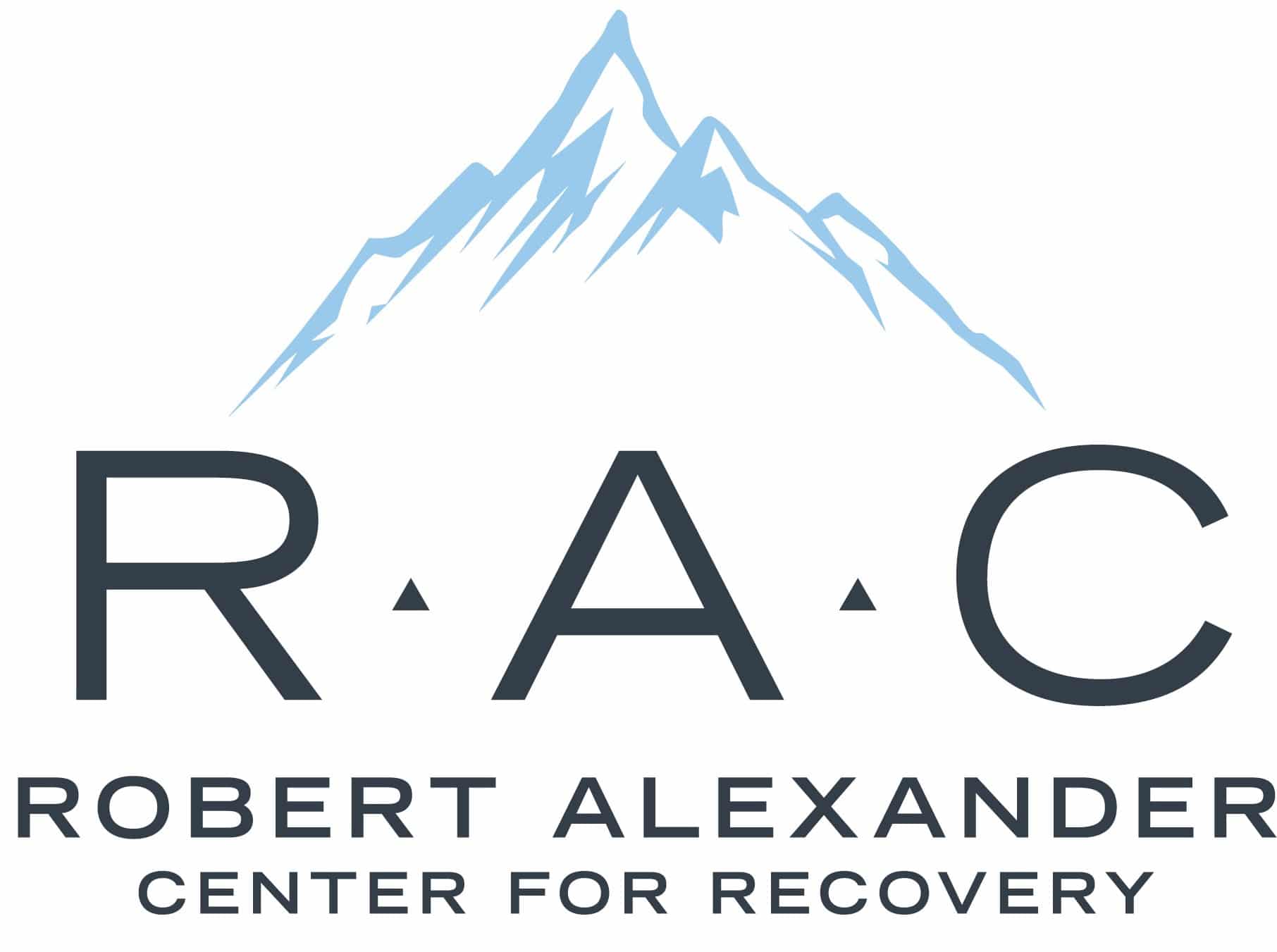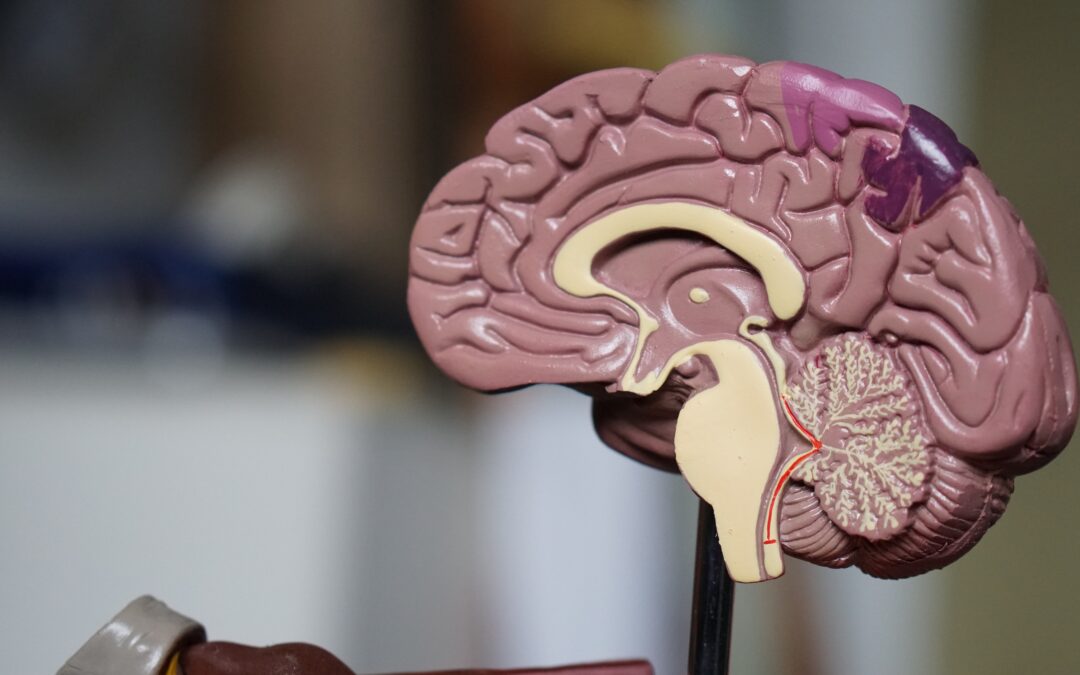Opioid addiction is a challenging and often devastating condition that affects not only an individual’s physical health but also their mental well-being. The road to recovery from opioid addiction is complex and requires time, effort, and patience.
A crucial aspect of this recovery journey is the process of brain healing and restoration. We’ll explore the timeline of brain recovery from opioid addiction and shed light on the stages and mechanisms involved.
The Impact of Opioid Addiction on the Brain
Before delving into the timeline of brain recovery, it’s important to understand how opioid addiction affects the brain. Opioids, including prescription painkillers and illicit drugs like heroin, interact with the brain’s reward system. They bind to opioid receptors, leading to the release of dopamine, a neurotransmitter associated with pleasure and reward.
Prolonged opioid use can alter the brain’s structure and function, leading to a range of cognitive and emotional challenges, including:
- Tolerance: Over time, the brain becomes less responsive to opioids, leading to increased drug consumption to achieve the desired effect.
- Dependence: As the brain adapts to the presence of opioids, it becomes reliant on the substance to function normally. This dependence is both physical and psychological.
- Cravings: Changes in the brain’s reward system can result in intense cravings for opioids, making it challenging to quit.
- Withdrawal Symptoms: When opioid use is abruptly discontinued, the brain experiences withdrawal symptoms, such as anxiety, nausea, and pain.
- Cognitive Impairments: Opioid addiction can lead to cognitive deficits, affecting memory, decision-making, and impulse control.
- Emotional Challenges: Individuals may experience mood swings, depression, and anxiety as a result of opioid addiction.
Timeline of Brain Recovery
The process of brain recovery from opioid addiction is a gradual one. It involves several stages, each with its own timeline. While recovery times may vary from person to person, understanding the general progression can be valuable. Here’s a simplified timeline of brain recovery from opioid addiction:
Early Recovery (0-6 Months):
During the initial months of opioid addiction recovery, the brain undergoes significant changes. This is the period when withdrawal symptoms may be at their most intense. Individuals often experience:
- Physical Withdrawal: The brain and body adjust to the absence of opioids, leading to physical withdrawal symptoms. These symptoms typically peak within the first few days and gradually subside over a week or two.
- Cravings: Strong cravings for opioids can persist during this phase, as the brain’s reward system begins to readjust.
- Emotional Challenges: Anxiety, depression, and mood swings are common, as the brain chemistry stabilizes.
- Cognitive Improvement: Cognitive function begins to improve as the brain heals, with memory and decision-making slowly getting better.
Early to Mid-Term Recovery (6-12 Months):
In the following six months, brain recovery continues as the brain’s reward system continues to recalibrate:
- Reduced Cravings: Cravings for opioids tend to decrease in intensity, although they may still occur.
- Emotional Stability: Emotional well-being stabilizes further, and individuals may experience fewer mood swings.
- Enhanced Cognitive Function: Cognitive improvements are more noticeable, with better memory and sharper decision-making.
Mid to Long-Term Recovery (1-2 Years):
During this phase of recovery, significant progress is made in brain healing:
- Mild Cravings: Cravings for opioids are less frequent and less intense, making them easier to manage.
- Stable Emotions: Emotional stability continues to improve, with reduced symptoms of anxiety and depression.
- Further Cognitive Recovery: Cognitive function becomes even more refined, and individuals experience increased mental clarity.
Long-Term Recovery (2+ Years):
In long-term recovery from opioid addiction, the brain continues to heal, and individuals experience:
- Minimal or No Cravings: Most individuals no longer experience strong cravings for opioids.
- Emotional Well-Being: Emotional stability is generally restored, and individuals report improved overall mood.
- Full Cognitive Recovery: Cognitive function is typically restored to pre-addiction levels.
It’s important to note that while these are generalized timelines, the process can vary widely depending on the individual, the severity of addiction, and the presence of any co-occurring disorders. Additionally, ongoing therapy, support groups, and a healthy lifestyle can significantly impact the rate of recovery.
Contact Robert Alexander Center for Recovery Today
The journey to recovery from opioid addiction is a testament to the resilience and strength of the human brain. Understanding the timeline of brain recovery is an essential step in this process, offering hope for individuals seeking lasting sobriety.
If you or a loved one is currently on this challenging but rewarding path, remember that professional guidance and support play a vital role. The Robert Alexander Center for Recovery is dedicated to providing expert care and resources for individuals in need of addiction treatment and recovery support.
Don’t hesitate to reach out to Robert Alexander Center for Recovery today and take that crucial step towards a healthier, brighter future. Your journey to lasting recovery begins now.






